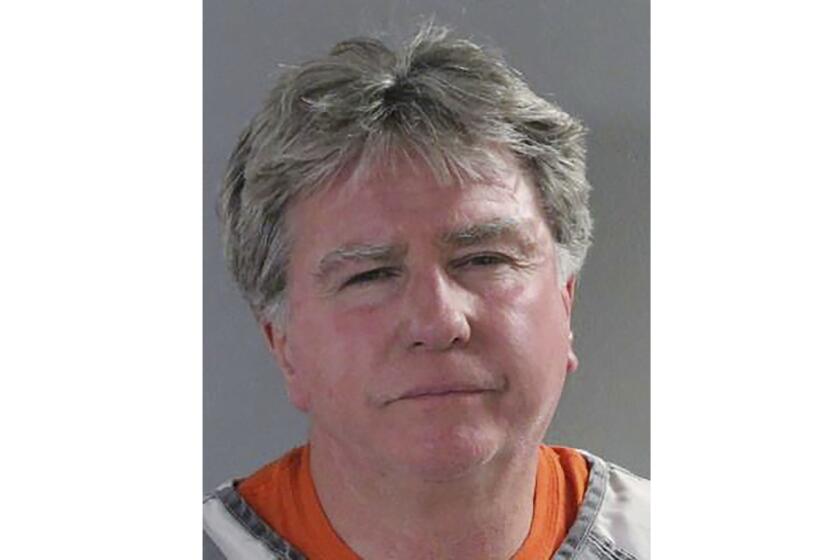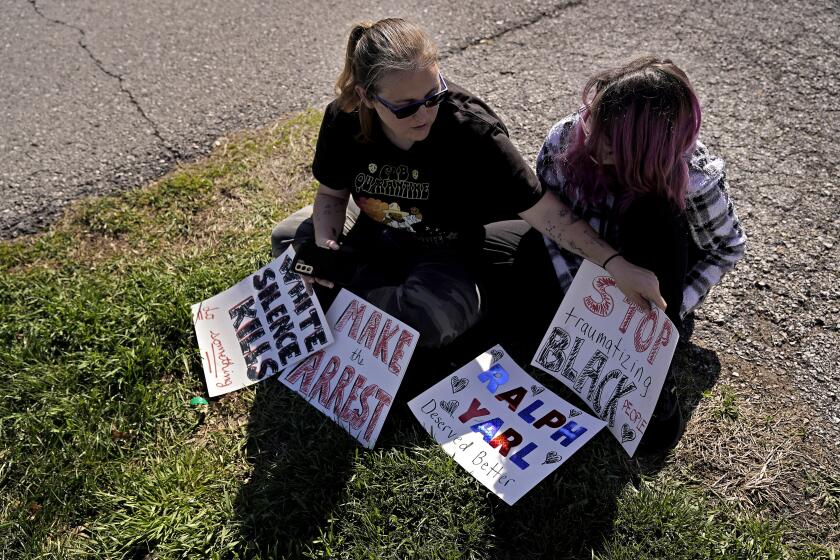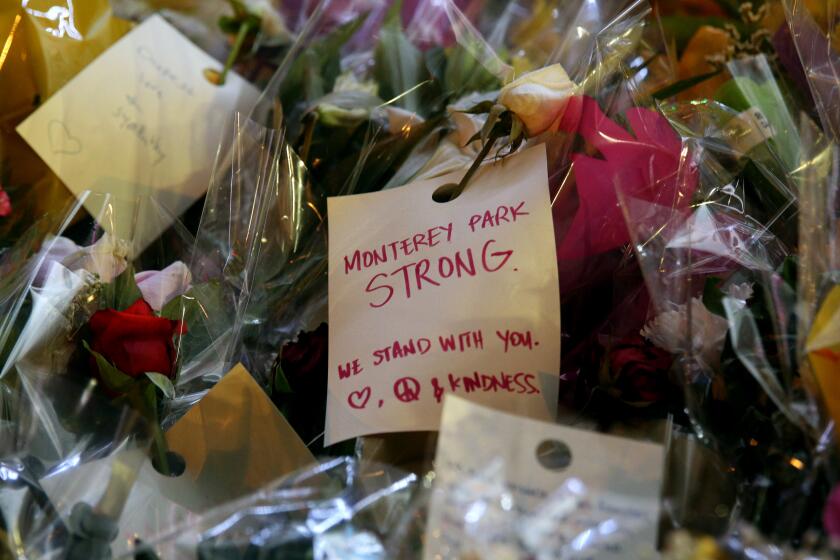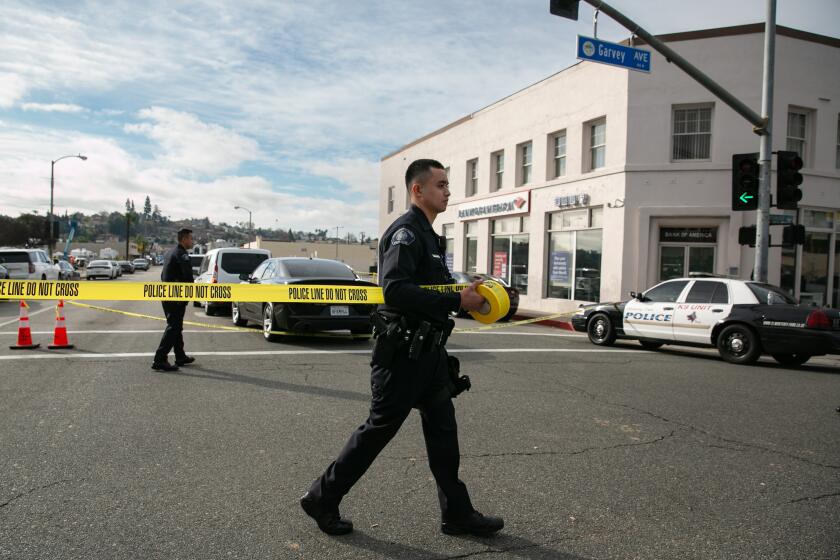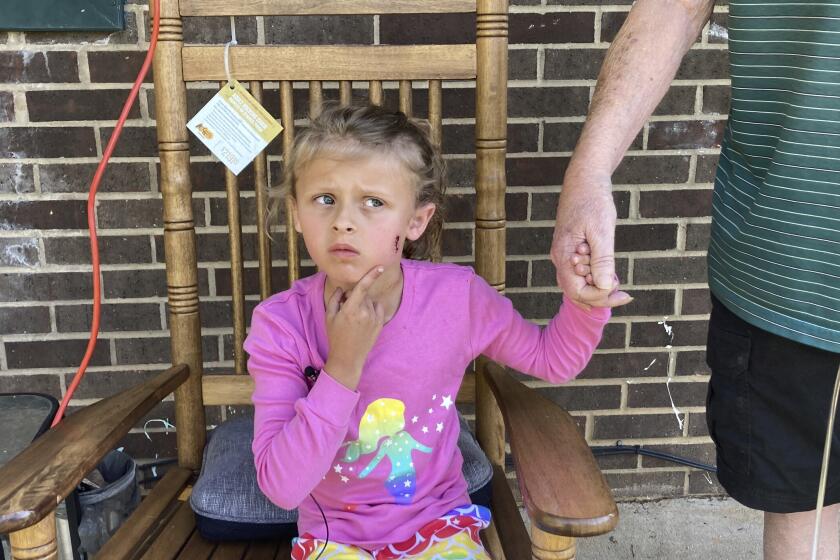Triggers and tragedies: Wrong-place shootings put ‘stand your ground’ laws in the spotlight
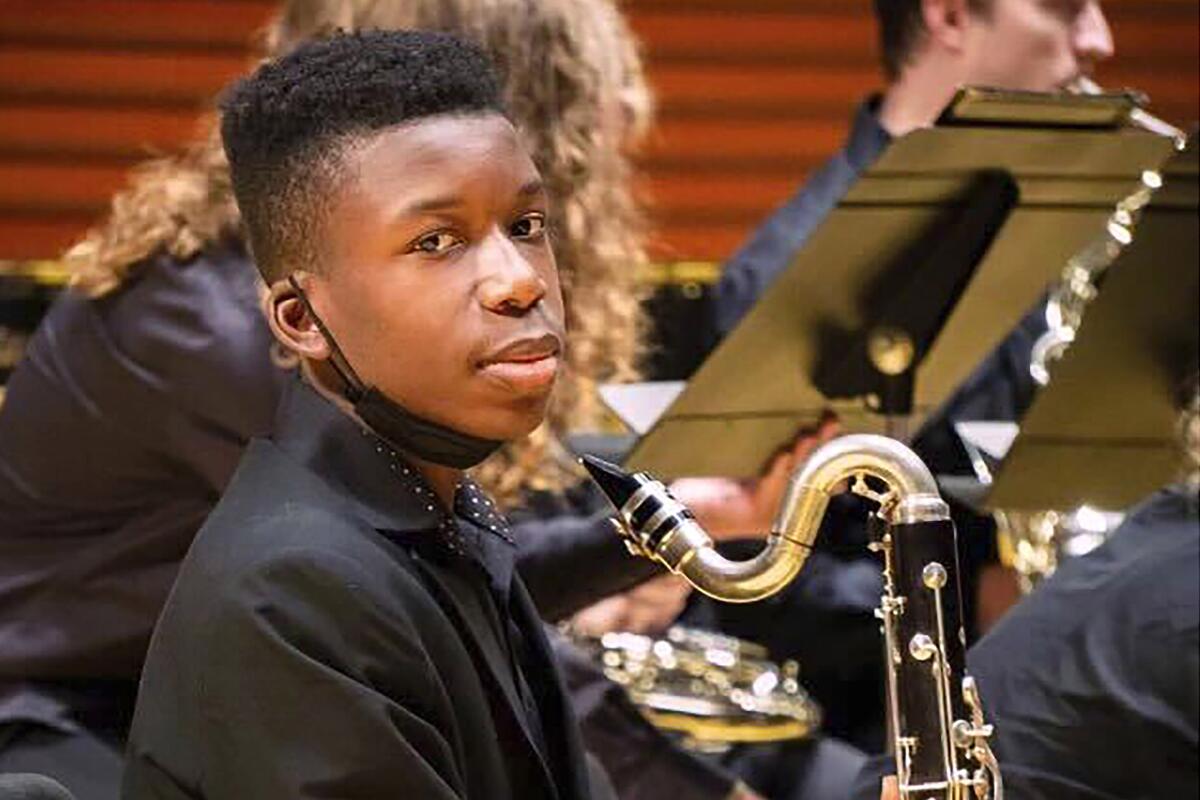
- Share via
They were shot after pulling into the wrong driveway, ringing the wrong doorbell, getting into the wrong car in a parking lot.
In the space of a single week, four young, unarmed Americans were shot after simple, everyday mistakes. One died.
In a country home to the most armed populace on Earth, where fear of violent crime often reflects spin rather than statistics, and where “stand your ground” laws proliferate, a simple mistake can turn deadly.
Experts say the high-profile incidents highlight fast-moving and unique cultural and legal trends in the U.S., one of just a few countries with a constitutional right to carry guns.
Dozens of “stand your ground” state laws passed in the last 18 years have vastly transformed how Americans may think of the traditional right to self-defense.
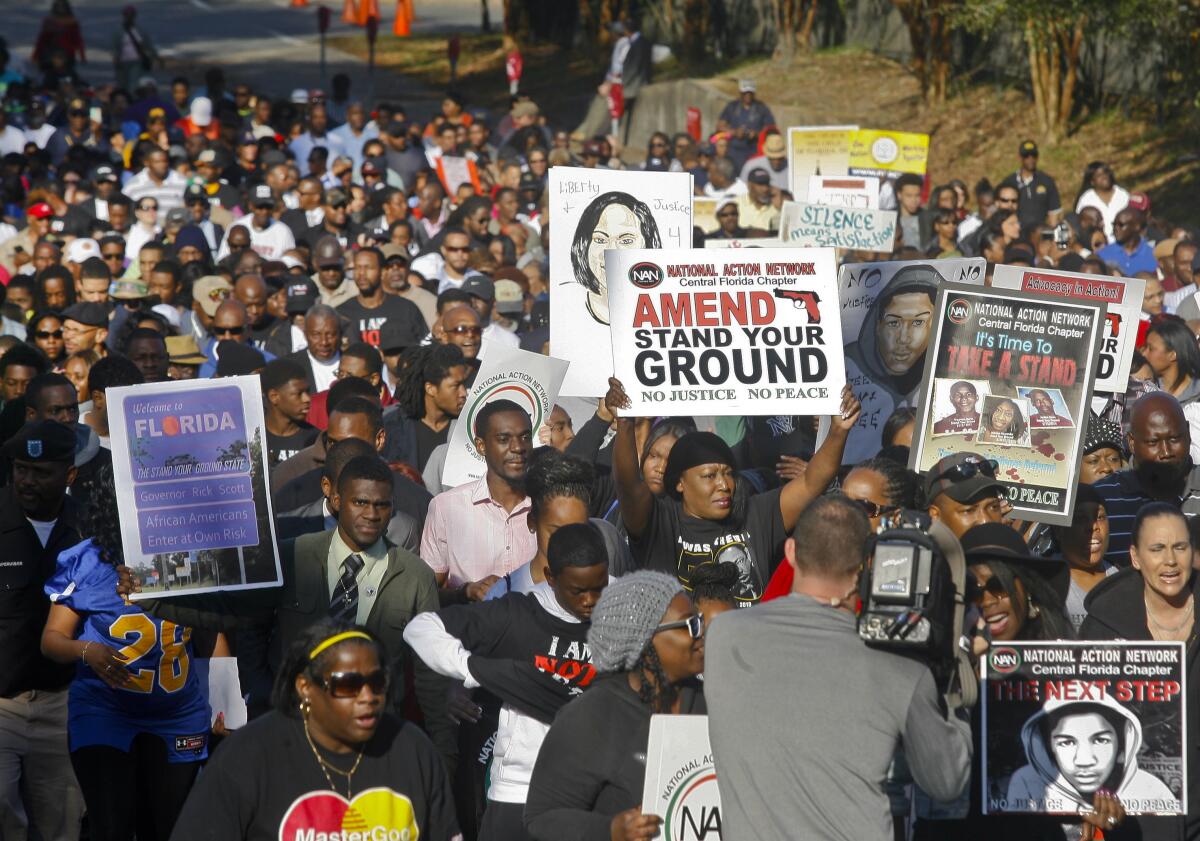
“As a nation, we are moving faster and faster in this direction where people think they have the right to shoot anyone who approaches them in any way while falsely believing we’re under increased danger,” said Thaddeus Hoffmeister, a criminal law professor at the University of Dayton. “In reality, things are much different.”
The recent incidents would be mundane if not violent.
On Tuesday in Texas, a man shot two teenage cheerleaders after one accidentally got in his vehicle — thinking it was her own — before she panicked, exited and got back into her friend’s car.
A bullet grazed her; her friend was hit in the leg and back.
A 20-year-old woman on her way to a friend’s house in upstate New York was driven to the wrong address and was quickly shot to death by the homeowner.
On Saturday, a 20-year-old woman and three friends were traveling to a friend’s home in upstate New York when they went down the wrong driveway. After they turned around, a man came on the porch and fired shots. The woman, Kaylin Gillis, later died.
On April 13, a mother in Kansas City, Mo., sent her 16-year-old son to pick up his younger brothers. The boy, Ralph Yarl, showed up at the wrong address and rang the doorbell. He was shot twice, once in the head.
That incident ignited additional outrage because the homeowner is white and Ralph is Black. The shooter was not immediately arrested, raising accusations of selective enforcement.
Andrew Lester, 84, surrendered a day after being charged with first-degree assault and armed criminal action in the shooting of Ralph Yarl.
According to the family’s lawyer, the man told the teenager, “Don’t come back around here.” He has since been charged and pleaded not guilty.
In Texas, 25-year-old Pedro Tello Rodriguez Jr. is charged with deadly conduct. In New York, 65-year-old Kevin Monahan faces a second-degree murder charge.
Experts say the 84-year-old homeowner in Missouri, Andrew Lester, is likely to use a “stand your ground” defense against first-degree assault and armed criminal action charges.

“Under regular self-defense, a person has a duty to retreat if someone is threatening to use force against you,” said Peter Joy, a law professor at Washington University in St. Louis.
“Under ‘stand your ground’ laws, a person has no duty to retreat before using deadly force if the person reasonably believes force is necessary to defend himself or herself or a third person from what he or she reasonably believes to be the use or imminent use of force by another,” Joy added.
Missouri and Texas are among at least 30 states with those laws or similar ones. New York laws, instead, include the “castle doctrine,” a more traditional use-of-force rule that says a person has the right to fire at someone who enters their home.
Florida kicked off the “stand your ground” movement when then-Gov. Jeb Bush signed the law in 2005.
In the aftermath of mass shootings in Monterey Park and Half Moon Bay, what do California voters think about the state’s efforts to regulate guns?
The National Rifle Assn. had pushed for the law, arguing it would make communities safer by empowering individual self-defense.
In news interviews at the time, Miami’s then-police chief, John Timoney, spoke against it.
“Whether it’s trick-or-treaters or kids playing in the yard of someone who doesn’t want them there or some drunk guy stumbling into the wrong house, you’re encouraging people to possibly use deadly physical force where it shouldn’t be used,” he said.
Florida’s law became well-known in 2012 after teenager Trayvon Martin, who was walking home from the store, was killed by neighborhood watch volunteer George Zimmerman. Zimmerman’s attorneys didn’t use the state’s law in their defense, but the jury that acquitted him received instructions citing the law. National protests over Martin’s death and the verdict elevated the criticism that the law promoted violence.
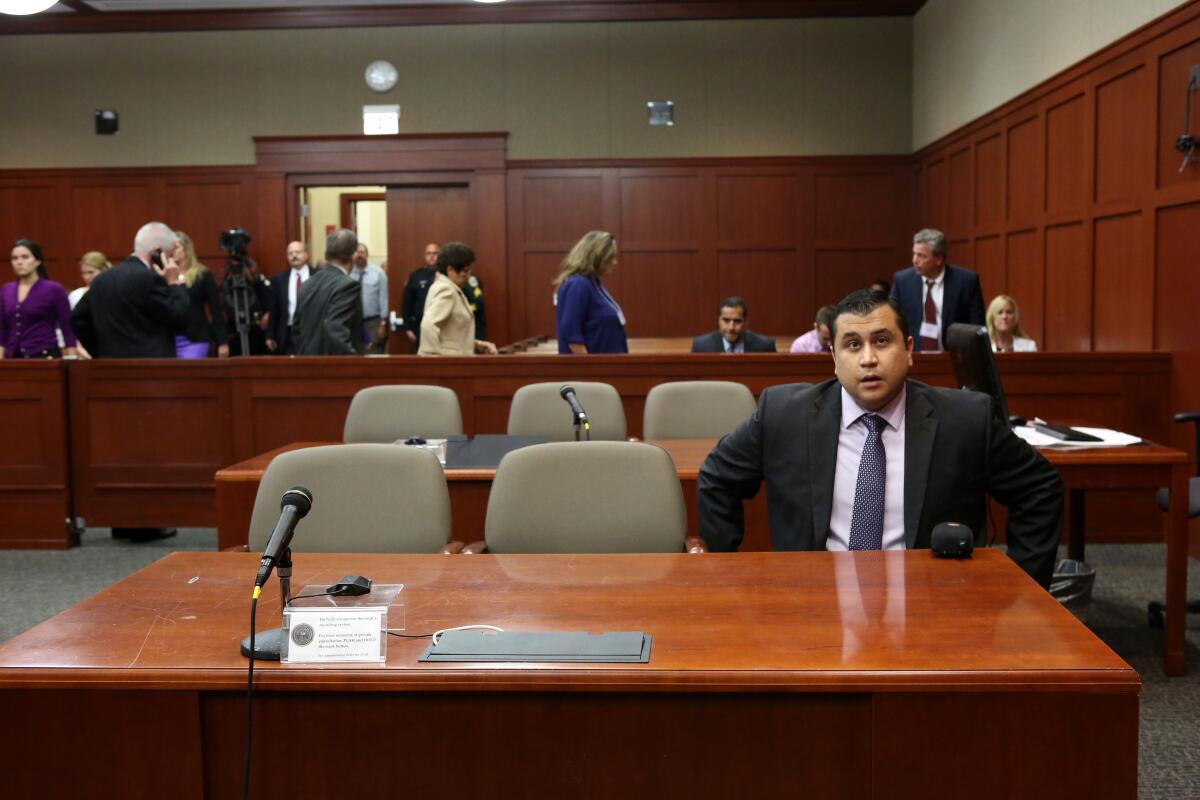
Using “stand your ground” as legal defense is unlikely to withstand legal muster in the recent cases, said Ari Freilich, a California-based state policy director at the Giffords Law Center to Prevent Gun Violence. The group is named after Gabrielle Giffords, the former U.S. representative from Arizona who suffered a brain injury in a 2011 assassination attempt.
“These laws do not let people shoot someone just for ringing a doorbell or going on a driveway,” Freilich said. “If there is never a need to use force in the first place, there is no argument to make about ‘standing your ground.’”
While supporters have claimed the laws promote safety, many researchers argue the opposite.
“There is ample evidence that the laws actually have led to more violence and are misunderstood by many people, making them believe they have the right to shoot someone when they really don’t,” said Caroline Light, a Harvard University lecturer and author of “Stand Your Ground: A History of America’s Love Affair with Lethal Self-Defense.”
Start your day right
Sign up for Essential California for the L.A. Times biggest news, features and recommendations in your inbox six days a week.
You may occasionally receive promotional content from the Los Angeles Times.
A 2021 analysis published by a University of Oxford professor that looked at data from 1999 to 2017 in 41 states with 248,358 homicides — 184,495 of them in 23 states with “stand your ground” laws — found an 8% to 11% increase in homicides in states with the laws.
There’s also been criticism of racial disparities. A 2015 article in the journal Social Science and Medicine analyzing data in Florida found that people using “stand your ground” in court defenses were two times as likely to be convicted in cases involving white victims compared with cases with Black or Latino victims.
It’s a racial dynamic that the Rev. Vernon Percy Howard Jr., the president of the Southern Christian Leadership Conference of Greater Kansas City, said he fears.
“Black people are still suffering from laws in this country that are immoral and unjust. As it is used against Black people, ‘stand your ground’ is one of them.”
Los Angeles County leaders approved gun control measures that would require firearms be safely stored and new restrictions imposed on gun store owners.
Kansas City Mayor Quinton Lucas said the self-defense rule hurts everyone.
“If this is the sort of thing where ‘stand your ground’ can be enforced, then every U.S. postal worker, every Amazon delivery person, every pizza delivery person” is “subject to be shot,” he said in an emailed statement.
In the Texas and Missouri shootings, lawyers for those charged said fear was a factor when the men fired their guns.
“It’s fair to say that many people who believe in these laws think there is an increased danger around them,” said Hoffmeister, the University of Dayton law professor.
Florida authorities arrested a man accused of shooting and wounding a 6-year-old North Carolina girl and her parents.
According to Gallup poll results published in October, 56% of Americans believed local crime has increased year to year. The percentage is at the highest in five decades that Gallup has asked the question.
When asked about national crime levels, 78% of people said they were higher. The percentage was highest when it hit 82% in 1992, when crime nationally and in particular in major cities was at one of its modern-day highs.
“What the real numbers say is that crime is nowhere near where it was in a time like the early 1990s,” Hoffmeister said. “And police have more technology now to respond faster to crime. So if these fears are the reason for ‘stand your ground,’ they don’t stand.”
More to Read
Sign up for Essential California
The most important California stories and recommendations in your inbox every morning.
You may occasionally receive promotional content from the Los Angeles Times.

